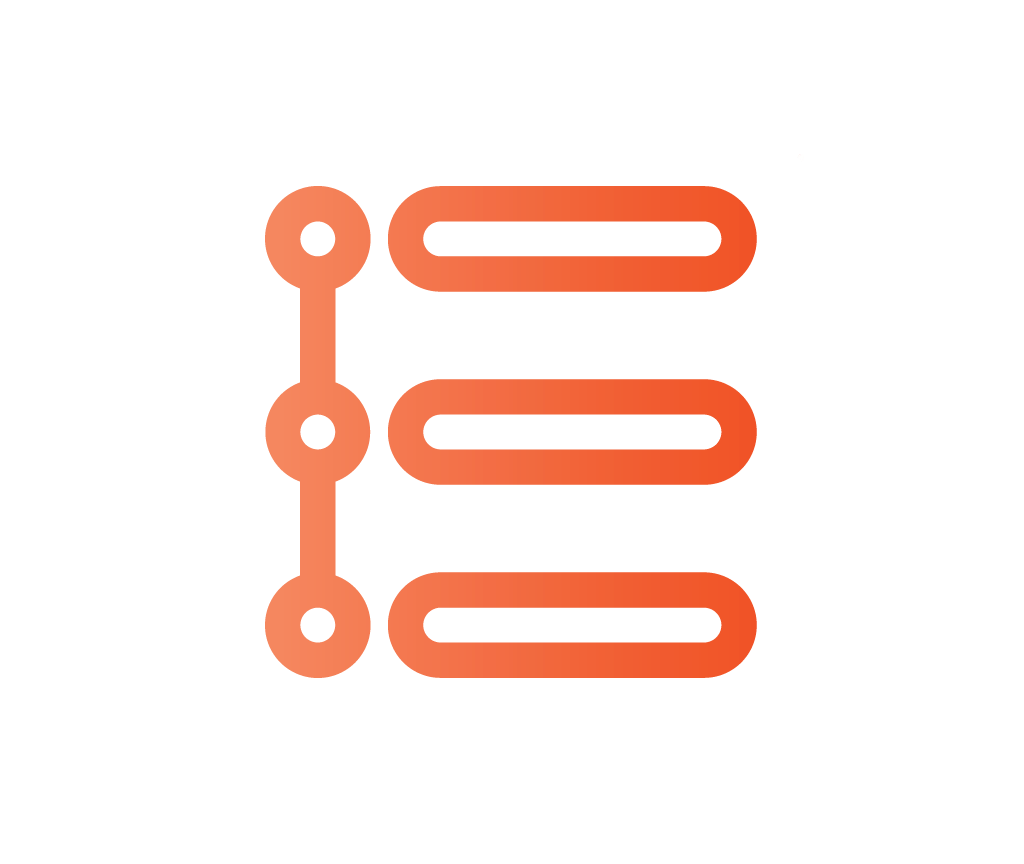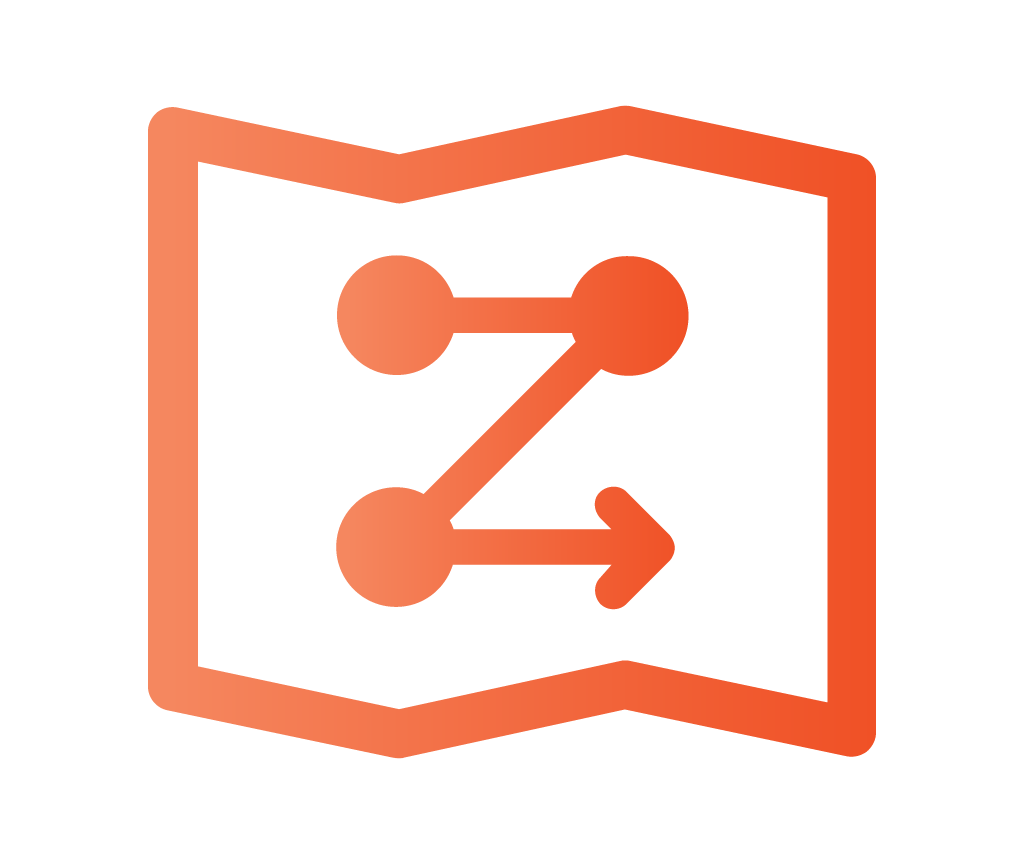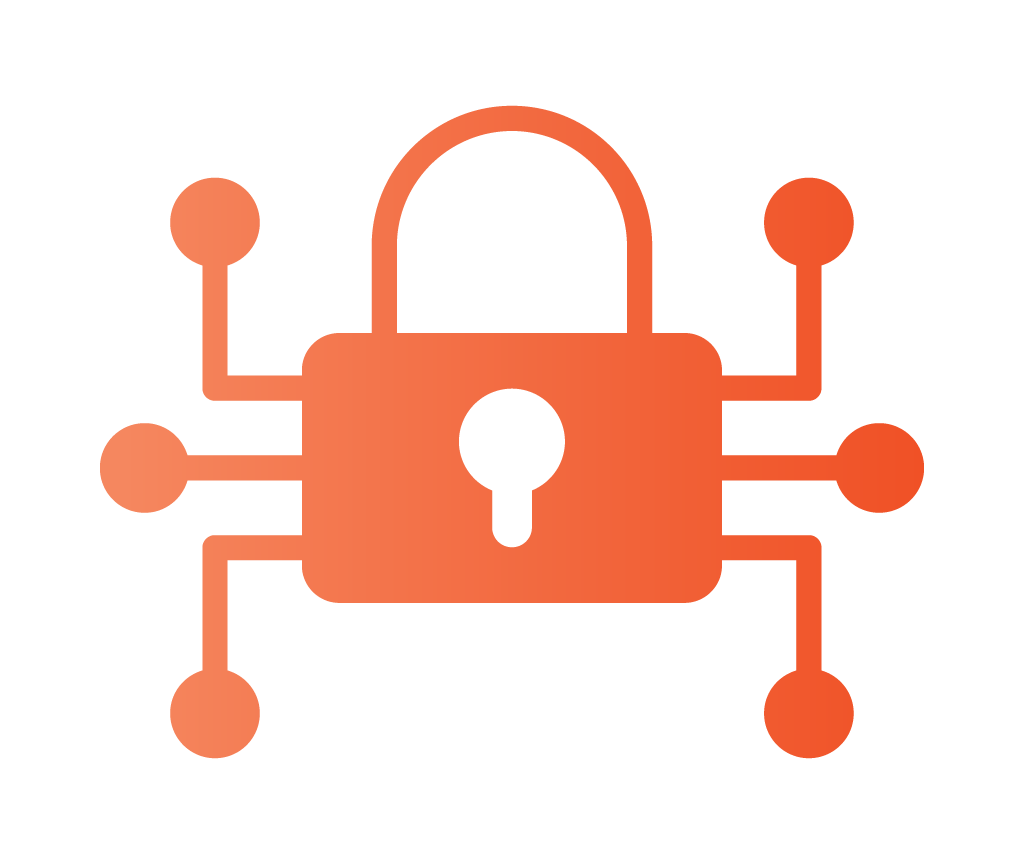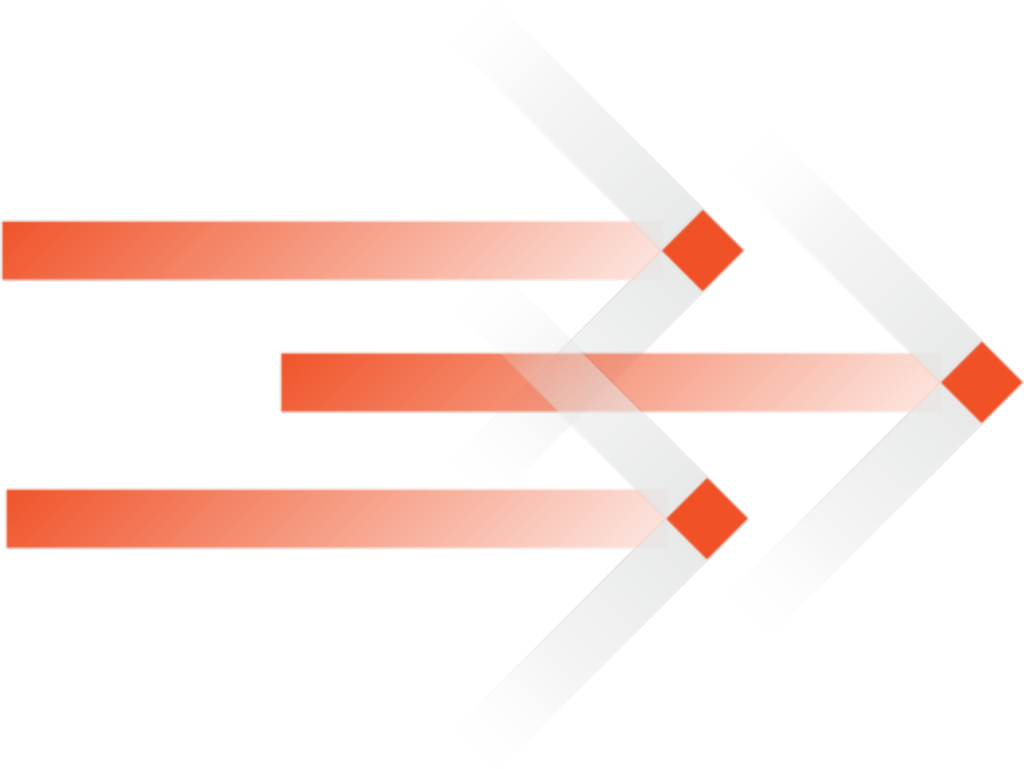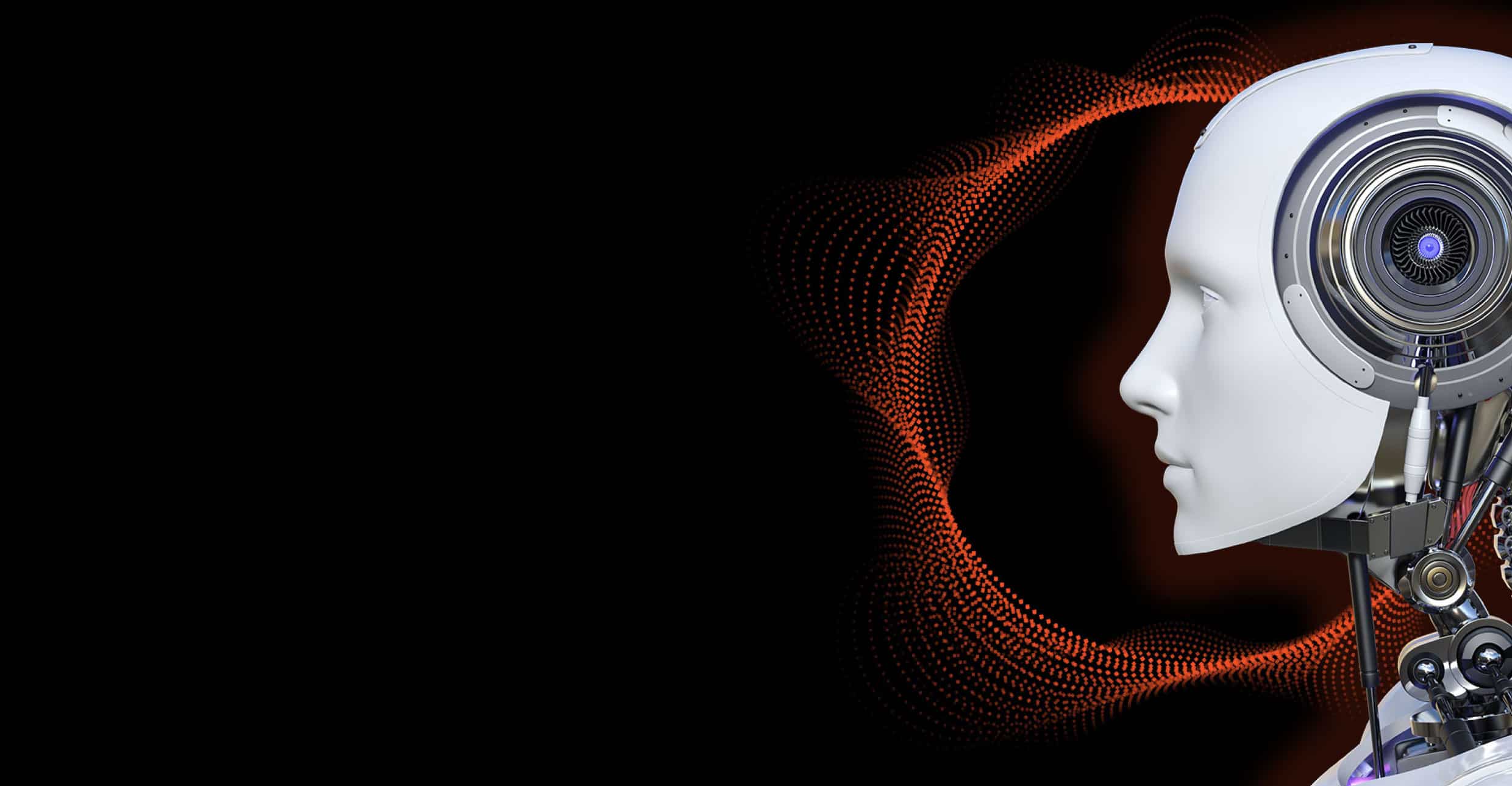2: Automation, platform integration, and AI.
Only three years ago, we were referring to intelligent automation and virtual assistant technologies as ‘stretch goals’. Now they’re considered essential strategies for creating an environment where people can adopt a more agile way of working.
Intelligent automation and productivity-enabling technologies are already dominating conversations in 2023, and this trend will continue in 2024. For example, Microsoft 365 Copilot will behave as a virtual assistant, sitting ‘by your side’ as you go about your daily business.
But, to enjoy success in this and all other generative AI products and services, you’ll need to ensure your data is accurate, complete, consistent, and relevant to your analysis or decision-making process. This includes verifying the sources of data, addressing any data entry errors, removing duplicate or irrelevant data, and performing data cleansing and validation.
It’s for this reason that organisations are putting more emphasis on creating high data integrity. A Data Landscape and Maturity Assessment (DLMA) is a review of your organisation’s effectiveness in using data, and is the starting point in your journey towards ensuring you have high data integrity.
Unlike other maturity assessments which can be purely technology focused, Tecala’s DLMA provides a 360-degree view on the intended data use within your organisation, which takes into consideration your people, processes, data landscape, organisational vision, and mission, as well as looking at your cultural and ethical guidelines around how you should and shouldn’t use your data.


